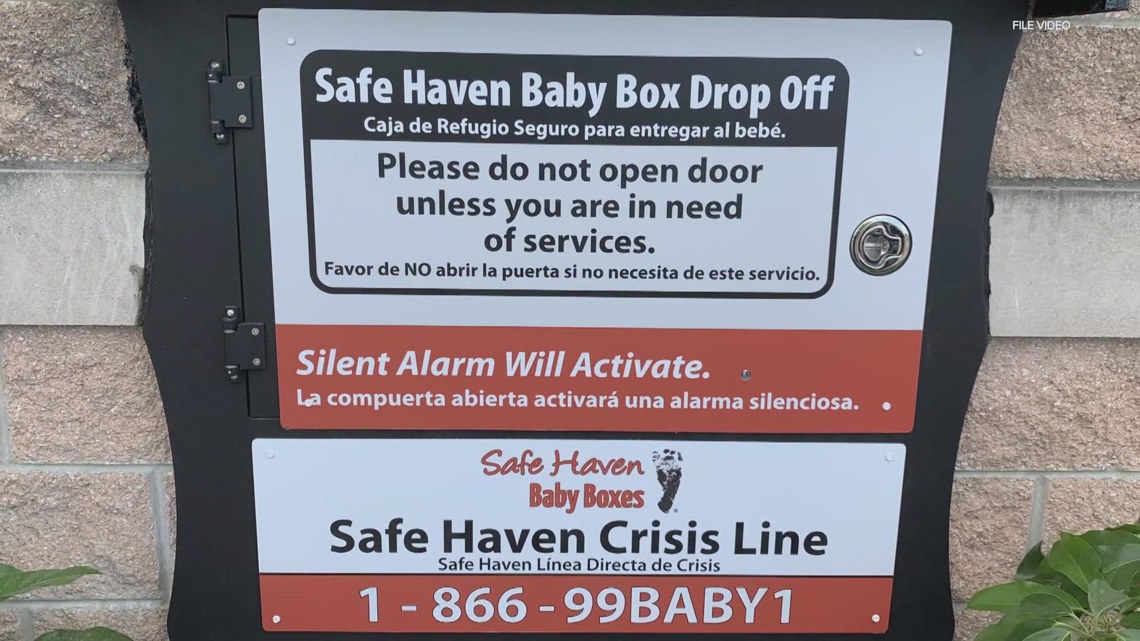A volcano that had rumbled for weeks erupted in southwestern Iceland, spewing semi-molten rock into the air in a spectacular show of Earth's power in the land known for fire and ice.
The eruption that started Monday night occurred about 4 kilometers (2.4 miles) from the town of Grindavik, the Icelandic Meteorological Office said. The town near Iceland's main airport was evacuated in November after thousands of earthquakes damaged homes and raised fears of an imminent eruption.
On Tuesday, fountains of orange lava shot into the darkened sky from a fissure in the ground. Iceland, which sits just below the Arctic Circle and above a volcanic hotspot in the North Atlantic, has about 20 hours of darkness a day in December. Icelandic broadcaster RUV showed a live feed of the eruption on its website, as Christmas carols played in the background.
Iceland averages an eruption every four to five years. The most disruptive in recent times was the 2010 eruption of the Eyjafjallajokull volcano, which spewed huge clouds of ash into the atmosphere and led to widespread airspace closures over Europe.
The current eruption is not expected to release ash into the air because it does not lie under water or ice. Iceland’s Foreign Minister Bjarne Benediktsson said on X, formerly Twitter, that there were no disruptions of flights to and from Iceland and international flight corridors remain open. National air carrier Icelandair said its flights were not affected by the eruption.
A volcanic range on the Reykjanes Peninsula, about 50 kilometers (31 miles) southwest of the capital, Reykjavik, has erupted three times since 2021, after being dormant for 800 years. Previous eruptions occurred in remote valleys without causing damage.
The November evacuation of Grindavik meant few people were near the site of eruption when it occurred and authorities have warned others to stay away. The nearby Blue Lagoon geothermal spa — one of Iceland’s biggest tourist attractions — also closed temporarily that month as a swarm of earthquakes put the island nation on alert for a possible volcanic eruption.
U.S. & World
The residents of the evacuated fishing community of 3,400 had mixed emotions as they watched the orange flames touch the dark skies. One month after the evacuation, many are still living in temporary accommodation and don’t expect to ever be able to return to live in their homes.
“The town involved might end up under the lava,” said Ael Kermarec, a French tour guide living in Iceland. “It’s amazing to see but, there’s kind of a bittersweet feeling at the moment.”
Get a weekly recap of the latest San Francisco Bay Area housing news. Sign up for NBC Bay Area’s Housing Deconstructed newsletter.
Magnus Tumi Gudmundsson, a scientist who flew over the site on Tuesday morning onboard a coast guard research flight, told RUV that he estimates twice as much lava had already spewed than during an entire monthlong eruption on the peninsula this summer.
Gudmundsson said the eruption was expected to continue decreasing in intensity but that scientists have no idea how long it could last. "It can be over in a week, or it could take quite a bit longer,” he said.
“This is not a tourist attraction and you must watch it from a great distance," Vidir Reynisson, head of Iceland’s Civil Protection and Emergency Management, told RUV.
Yet the spectacular natural phenomenon is hard for people to resist.
“It’s just something from a movie!” said Robert Donald Forrester III, a tourist from the United States.
__
Keyton reported from Stockholm. Associated Press writer Danica Kirka in London contributed to this report.



